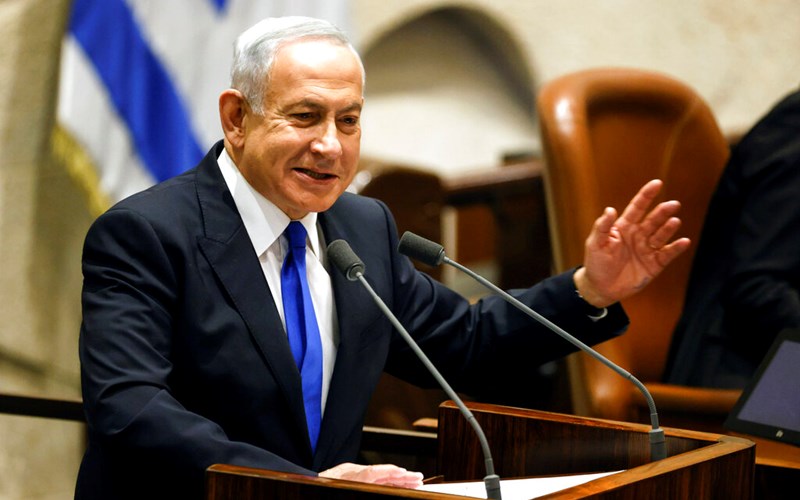In the hours leading up to the Cabinet meeting, Israel carried out its most intense wave of strikes in Beirut and its southern suburbs and issued a record number of evacuation warnings. At least 23 people were killed in strikes across the country, according to local authorities, as Israel signaled it aims to keep pummeling Hezbollah in the final hours before any ceasefire takes hold.
A ceasefire would mark the first major step toward ending the regionwide unrest triggered by the Hamas massacre of more than 1200 Israeli men, women and children in October last year.
U.S. President-elect Donald Trump has vowed to bring peace to the Middle East, but neither he nor Netanyahu have proposed a postwar solution for the Palestinian territory, where Hamas is still holding dozens of hostages and the conflict is more intractable.
Still, any halt to the fighting in Lebanon is expected to reduce the likelihood of war between Israel and Iran, which backs both Hezbollah and Hamas and exchanged direct fire with Israel on two occasions earlier this year.
In a televised statement, Netanyahu said he would present the ceasefire proposal to Cabinet ministers later Tuesday, when they are expected to vote on it. He listed a series of accomplishments against Israel’s enemies across the region and said a ceasefire with Hezbollah would further isolate Hamas in Gaza and allow Israel to focus on its main enemy, Iran, which backs both groups.
“If Hezbollah breaks the agreement and tries to rearm, we will attack,” he said. “For every violation, we will attack with might.”
It was not immediately clear when the ceasefire would go into effect, and the exact terms of the deal were not release







